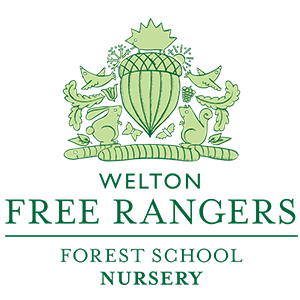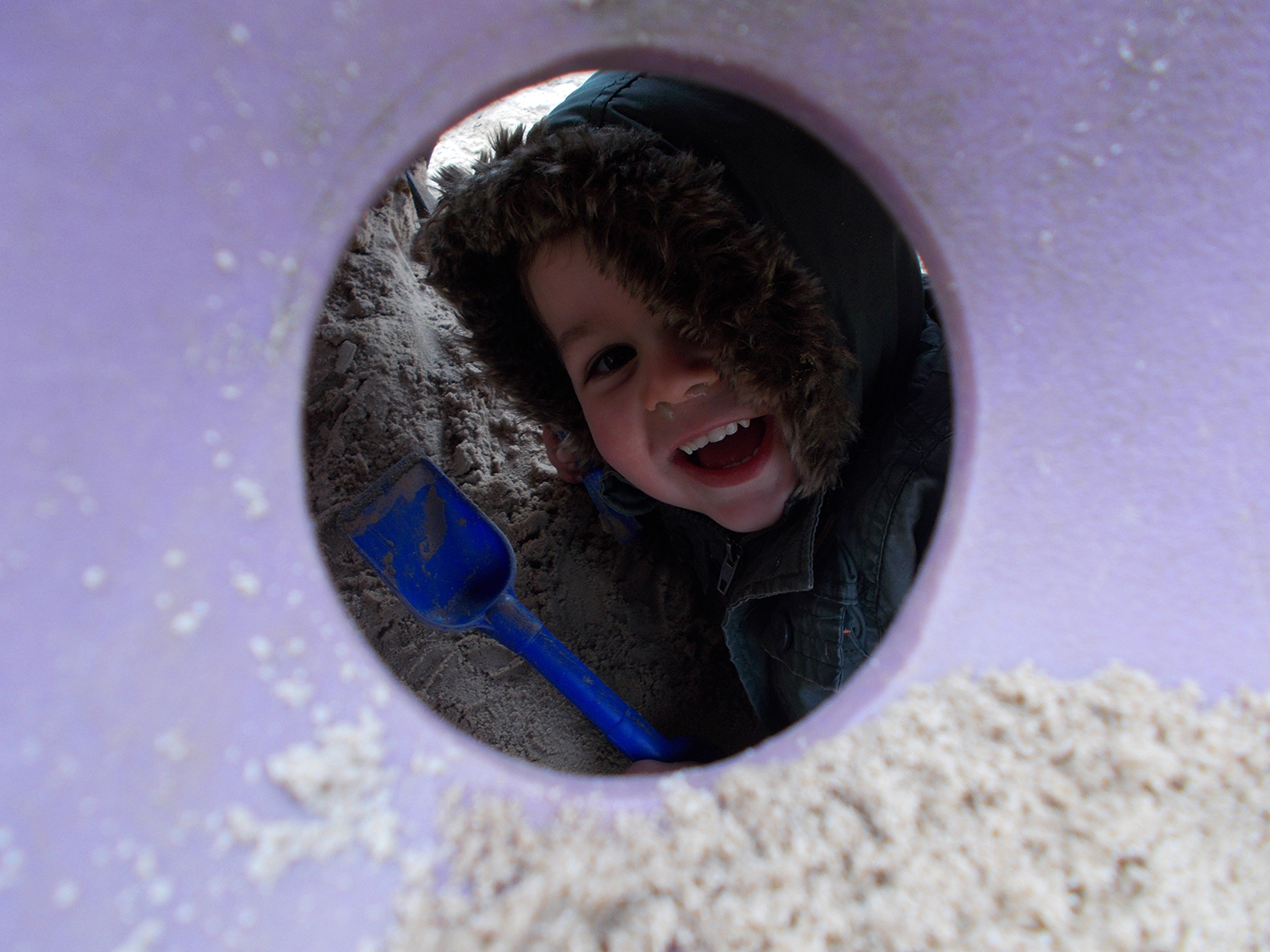I recently went on an evening course called ‘Advanced Schemas’ led by Sonia Mainstone-Cotton which aimed to help practitioners gain a more in-depth understanding about schemas and how they can help us to understand children’s behaviour and interests.
I thought I’d share some of the information with you so that you can observe your children playing and try to identify their schemas.
Firstly what are ‘schemas’?
A schema is seen to be a pattern a child demonstrates through their play, actions and language. While a child may play with a variety of toys, a pattern may link these seemingly disassociated activities. Schemas indicate the child’s focus in an activity. Schemas are formed during childhood as a way to make sense out of our world. They are normal and natural reactions to events.
There are many different schemas.
Transporting
A child with a transporting schema moves everything from one place to another.
Your child may:
- Put sand in a bucket and move it to another place
- Take things from one place to another in trolleys and bags
- Go back and forth bringing you items from around the room
You could provide:
- A collection of bags and boxes
- Pushchairs and trucks
- Pasta and other items to transport
Trajectory
A child that has a trajectory schema is interested in how things and themselves move. It is a very common schema and one that young babies will often display, explaining why they love to drop things from their highchairs.
Your child may:
- Always seem to be running around
- Like throwing things
- Like to play with running water
- Like pushing things in a straight line
You could:
- Provide soft balls to throw and roll
- Blow bubbles to be caught
- Let them play on a slide or a bike
- Give opportunities to pour water
Connecting
A child with a connection schema is interested in joining things together.
Your child may:
- Tie your chair legs (or your legs!) together
- Love joining train carriages together or taking them apart
- Enjoy all construction toys
- Once they are drawing, enjoy joining dots or lines together
You could provide:
- Tow trucks and cars, train sets
- Beads for threading
- String, wools lengths of fabric
- Construction blocks
- Masking tape and boxes
Rotational
A child who has a rotational schema is interested in things that are circular or rotate.
Your child may:
- Like to play with wheels on toys
- Like spinning around
- Play with water wheels in sand or water
- Enjoy playing with toys that spin
- Love watching the washing machine
You could provide:
- Bikes, cars and toys with wheels
- Mixing and stirring activities
- Pens, paints, crayons and chalks for drawing circles and spirals
- Windmills
Envelopment
A child who has an envelopment schema is interested in enveloping itself and objects or a space. It is closely related to enclosure.
Your child may:
- Like to wrap themselves in material
- Make parcels containing everyday objects
- Cover their hands and body with paint
- Paint a picture then cover it with a solid layer of paint
You could provide:
- Blankets to wrap dolls and themselves in
- Dressing up clothes
- Paper and newspaper to make parcels
- Allow them to paint themselves
Enclosure
A child who enjoys creating enclosed spaces in which they may or may not put objects and themselves into.
Your child may:
- Like putting things in bags and pots
- Enjoy shape sorting toys
- Climb into boxes
- Love filling up boxes and bags with different things
- Draw or paint pictures then put boxes or circles around them
You could provide:
- Pots with things they can fill them with
- Containers to fill in the bath or sink
- Dry play such as pasta, rice, lentils
- Boxes or tents to go in
Positioning
A child who carefully positions objects or themselves in lines, patterns or sequences.
Your child may:
- Stack unlikely objects
- Line up toys
- Create layers of paint or collage
- Balance objects on the edge of tables
- Like working with small objects with lots of pieces
You could provide:
- Collage materials for gluing
- Objects for sorting
- Objects with the same characteristics
- Pegboards to create patterns
Orientation
A child who likes to look at toys and themselves from different angles.
Your child may:
- Hang upside down from climbing frames
- Look at the world from different directions by turning themselves upside down
- Turn objects and toys around and look at them
- Climb up onto things and look around
You could provide:
- Binoculars, kaleidoscopes and magnifying glasses
- Boxes for creating peep holes
- Different coloured acetate
- Mirrors
- Climbing frames or bars
Scattering
Some children just seem to want to scatter everything around e.g. tip ALL the toys onto the floor.
Your child may:
- Empty out all of the baskets
- Tip ALL the bricks out onto the floor
- Use arms or legs to scatter things i.e. pasta, rice
- Wipe all the toys/objects off the surface
You could provide:
- Pasta, oats, bricks to scatter on a tuff tray
- Ball pool
- Bean bags
We went on to talk about how children often seem to flit from one activity to another. We discussed how children might be ‘fitting ideas together’ rather than flitting. Moving from one activity to another could be a continuation in the child’s exploring and experimenting.
We then looked the difference between the CONTENT children are using in their play and the FORM they use.
E.g. A child is playing with the cars - they are turning the cars over and spinning the wheels.
The CONTENT of the play is the cars – the item they are playing with.
The FORM of their play is around spinning/rotation – by spinning the wheels they are exploring/investigating movement of wheels.
When adults identify the Content and the Form, they are able to use appropriate language and introduce new ideas to help scaffold children’s interest and learning.
If we only focus on the Content that narrows the way we can extend.
Finally we looked at how schemas might link with emotions. Over the years many parents have questioned whether there is a link between schemas their children are exploring extensively and emotional events in their lives.
In a longitudinalstudy of eight children, it was found that the children used schemas for ‘comfort, to give form to and to work through’ painful events. There was no evidence to suggest that the emergence of the schema was prompted by the event (Arnold and the Pen Green Team, 2010)
Well, that’s certainly something for us all to think about.
Enjoy observing your children playing and see if you can identify some of their schemas. Let me know how you get on.
For further information visit:
Examples of schemas in children’s TV
https://www.youtube.com/watch?v=xSW58hQDqw0
Thanks for reading.
Soraya















